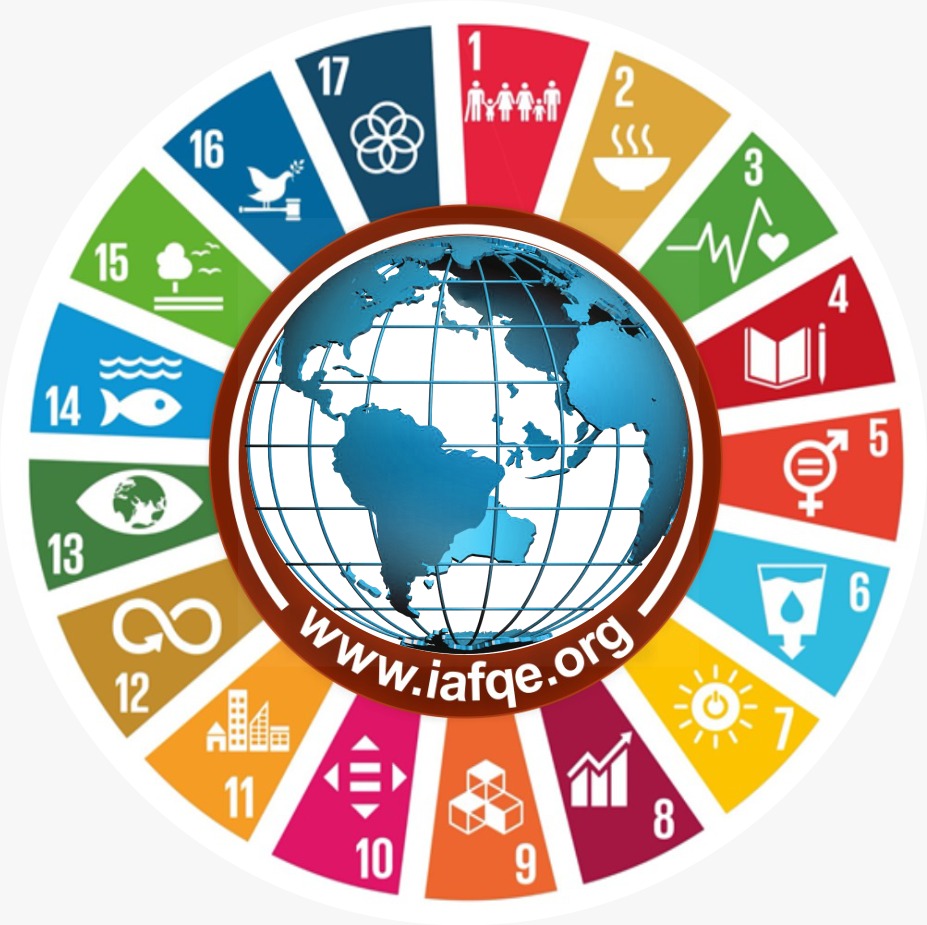
Education enables learners of all ages with the agency to address interconnected global challenges including climate change, loss of biodiversity, unsustainable use of resources, and inequality. It empowers them to make informed decisions and take action to change society and care for the planet.
Education must be transformed to respond to the global climate and environmental crisis. Building off of the knowledge and practice accumulated in Education for Sustainable Development (ESD), IAFQE support to Greening Education Partnership to deliver strong, coordinated and comprehensive action that will prepare every learner to acquire the knowledge, skills, values, and attitudes to tackle climate change and to promote sustainable development.
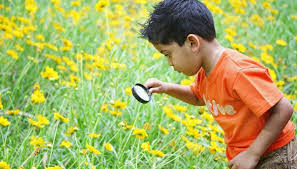
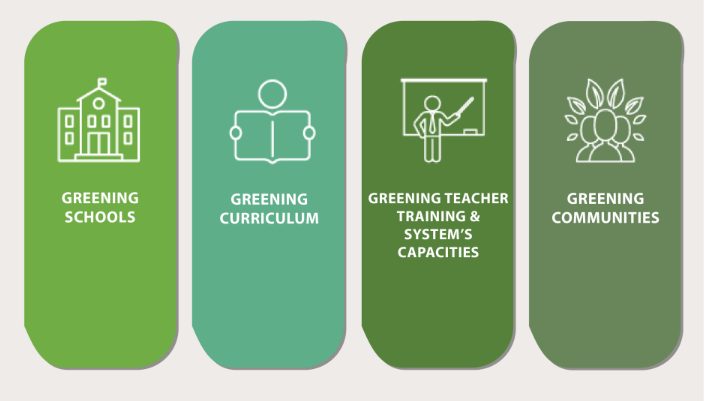
Greening Education is taking a lifelong learning approach starting from pre-primary to adult education, the Greening Education encourages countries and key Stakeholders to focus on 4 action areas:
- Greening Schools to ensure a whole-institution approach, including greening teaching and learning, climate-ready school facilities and operations, inclusive governance, and community engagement.
- Greening Curriculum to ensure relevant and quality of learning content and pedagogy on climate change education.
- Greening Teacher Training and Education Systems' Capacities to strengthen policy, planning, finance, and implementation.
- Greening Communities to become climate resilient through lifelong learning.
Pillar 1: Greening Schools
Vision
From early childhood through adult education, work to ensure that all schools achieve green school accreditation, including teacher training and higher education institutions.
Goal
All countries will have adopted a green school accreditation scheme with at least 50% schools, colleges, and universities with green accreditation and are operating sustainably.
Greening Schools to ensure a whole-institution approach, including greening
teaching and learning, climate-ready school facilities and operations, inclusive
governance, and community engagement
A green school is defined as an educational institution that delivers knowledge, skills, values, and attitudes to promote social, economic, cultural, and environmental dimensions of sustainable development through a whole-institution approach to Education for Sustainable Development (ESD) in its teaching and learning, facilities and operations, school governance and community partnerships.
All countries will have at least 50% of schools, colleges and universities
becoming green schools by 2030.
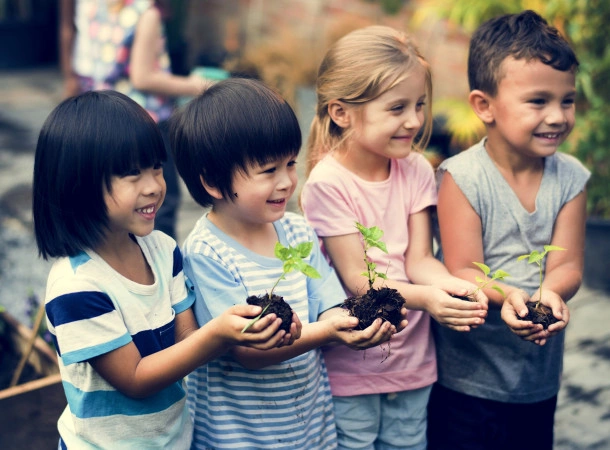
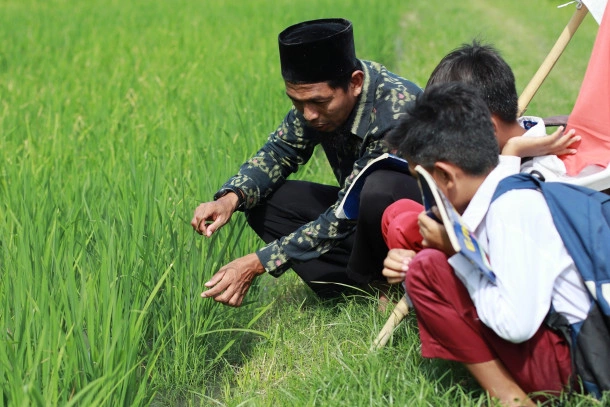
Pillar 2: Greening curriculum
Vision
Embrace a life-long learning approach that integrates climate education into school curricula, technical and vocational education and training, workplace skills development, teaching materials, pedagogy, and assessment.
Goal
The number of countries which include climate education in school curricula at the pre-primary, primary, and secondary levels will have at least doubled from the current ~45%.
Greening Curriculum to ensure relevant and quality of learning content and pedagogy on climate change education.
Greening Curriculum to ensure relevant and quality of learning content and pedagogy on climate change education. The number of countries which include climate change education addressing climate mitigation and adaptation and a wider systemic perspective in school curricula and teaching and learning practices at the pre-primary, primary, secondary and tertiary levels and in TVET curricula at least doubles from the current level of approximately 45% and is as close as possible to all national curricula reaching this target 2030.
Pillar 3: Greening teacher training and education systems’ capacities
Vision
Support teachers and policy makers through the integration of climate education in pre-service and in-service teacher training, building the capacity of school leaders and key education stakeholders.
Goal
All school leaders and at least 1 teacher per school will have been trained on how to integrate climate education into teaching and learning throughout the school.
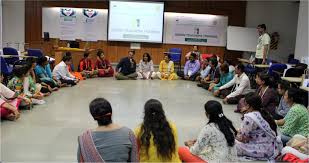

Pillar 4: Greening communities
Vision
Engage the entire community by integrating climate education in life-long learning, in particular through community learning centres and learning cities.
Goal
All countries will be able to report at least 3 different ways learning opportunities are made available for adults outside the formal education system to develop the skills, attitudes, and actions that will foster community resilience to tackle climate change.
chools can engage with members of communities to contextualize and enrich the content of climate change learning as well as serve as innovation hubs for building climate resilient communities.
How can you participate?
- You can share your knowledge, experience and best practices in live interviews. (The time for the live interview can be adjusted according to your availability.)
- You can share your knowledge, experience and best practices in live presentations.
- You can upload your video presentations.
- Apply online to be speaker
- Process of conducting live interview
- Sample of template of questionnaire
- Please keep a WhatsApp message for any details at +94727573045

Resource
- Greening every school
- Greening every curriculum
- Greening teacher training and education system capacities
- Greening communities
